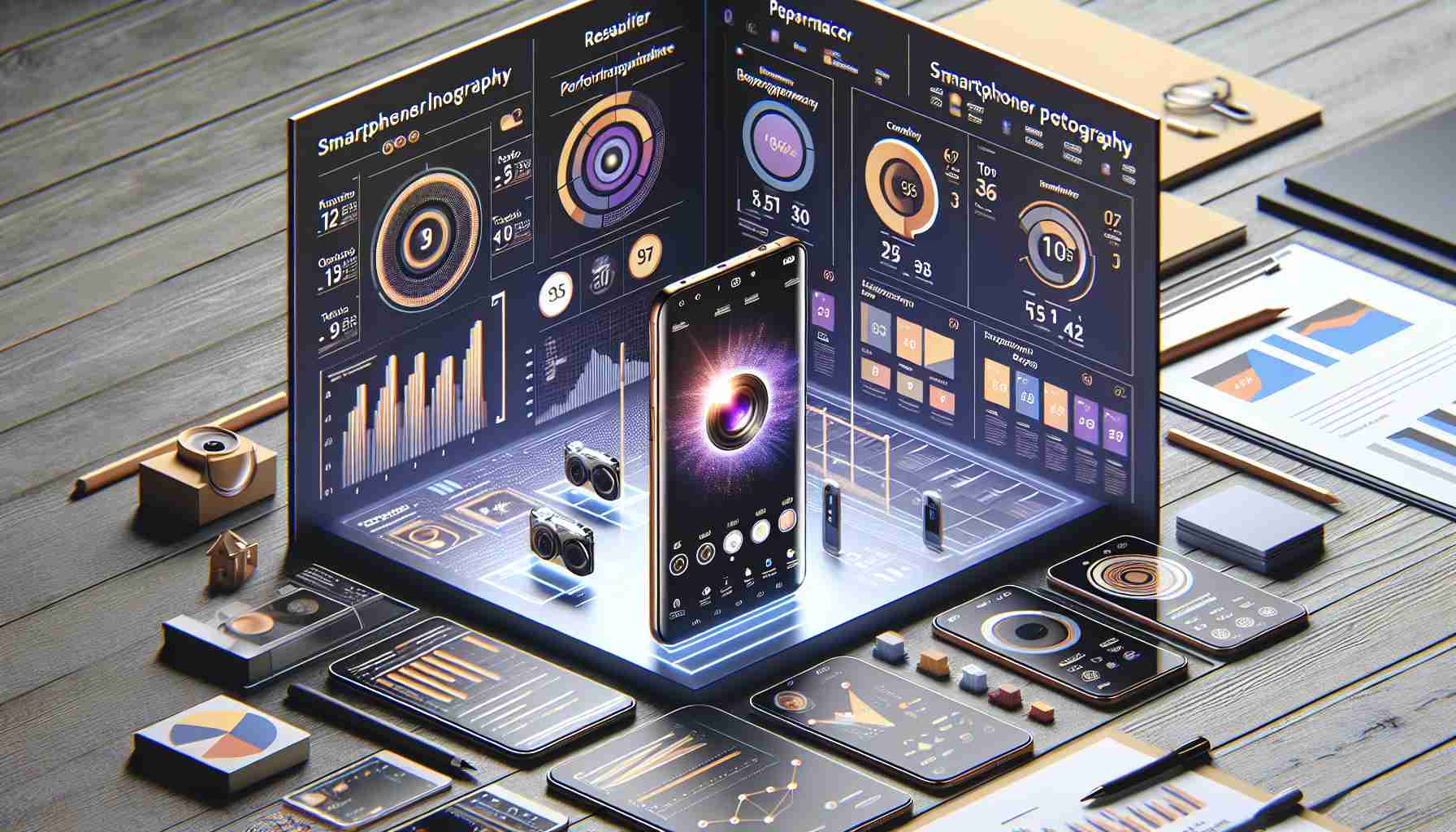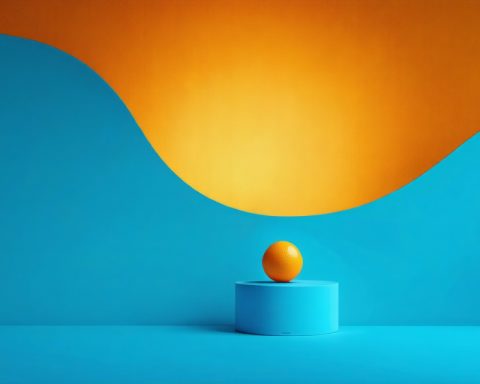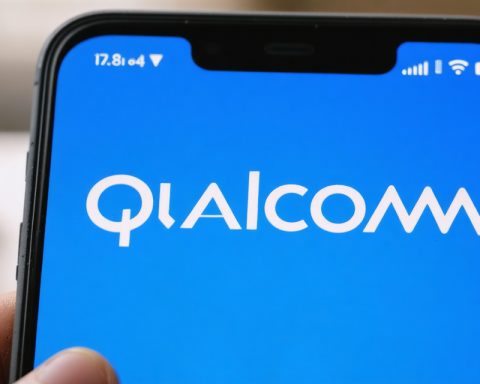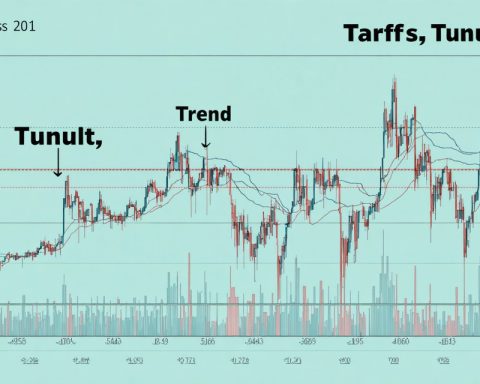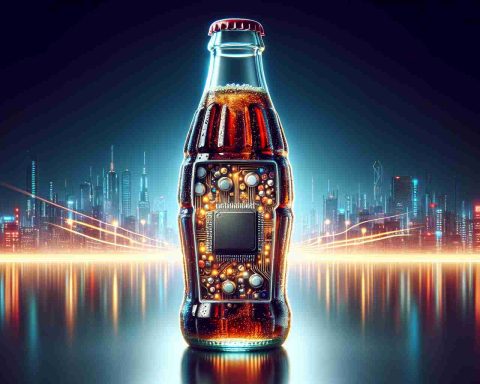Recently, a detailed study on smartphone portrait photography was conducted in Shanghai by DXOMARK, a renowned evaluation organization. The study focused on assessing the capabilities of various smartphones, involving a diverse group of 90 participants, which included 80 mobile phone users and 10 professional photographers. They captured images across over 400 different scenarios in a blind selection format.
The smartphones examined in the research featured prominent models such as the iPhone 15 Pro Max, Huawei Pura 70 Ultra, Xiaomi 14 Ultra, Honor Magic6 Pro, OPPO Find X7 Ultra, Samsung Galaxy S24 Ultra, and Vivo X100 Pro. A comparative analysis also included the Sony A9 II, a well-regarded mirrorless camera.
Findings from the test revealed that the Huawei Pura 70 Ultra received the highest approval rating, with 68 participants rating it best in overall satisfaction, amounting to 76% of the total. Meanwhile, the Vivo X100 Pro followed in second place with 11% of the votes. The Sony A9 II secured third place, garnering support from 5% of the testers.
With an impressive satisfaction index of 93, the Huawei model received accolades for its exceptional performance in delivering stunning portrait images in various conditions. It achieved an overall DXO score of 163, topping the global photography rankings.
The research concluded with a notable hierarchy of other devices, showcasing their respective satisfaction ratings, thereby highlighting the ongoing competition in the smartphone photography landscape.
Smartphone Photography Research Reveals Top Performer: A Closer Look
In the dynamic field of smartphone photography, a new study from DXOMARK has shed light on consumer preferences and performance metrics among various devices. While the original article highlighted the Huawei Pura 70 Ultra as the top performer, several critical aspects remain to be discussed, particularly in the context of the challenges and potential controversies surrounding smartphone photography.
What Key Questions Emerged from the Research?
1. What criteria were used to evaluate the smartphones?
The study utilized a blind selection format where participants rated images based on clarity, color accuracy, dynamic range, and overall aesthetic appeal. This methodology helps eliminate bias towards brand loyalty.
2. How does smartphone photography compare to traditional cameras?
While the study included a high-end mirrorless camera (Sony A9 II) for comparative analysis, it highlighted that smartphones excel in convenience and post-processing capabilities but often fall short in low-light conditions compared to dedicated cameras.
What Are the Key Challenges or Controversies?
1. Real-World vs. Laboratory Performance:
A common debate in smartphone photography revolves around the difference between controlled tests and real-world usage. Critics argue that lab conditions do not accurately replicate everyday scenarios, which can affect user satisfaction.
2. Marketing vs. Reality:
Many manufacturers market their cameras based on specifications that may not translate directly to improved image quality. For instance, features like multiple lenses and extensive software editing capabilities can sometimes overshadow actual photographic performance.
Advantages of Smartphone Photography
– Portability and Convenience: Smartphones offer users the ability to carry a powerful camera in their pockets, facilitating spontaneous photography throughout the day.
– Advanced Editing Apps: Many smartphones come equipped with or allow access to powerful editing tools that enhance images with just a few taps.
– Social Media Integration: The instant sharing capabilities of smartphones drive their popularity, enabling users to showcase their work immediately.
Disadvantages of Smartphone Photography
– Sensor Limitations: The smaller sensors in smartphones can struggle with low-light conditions, often resulting in noise and degraded image quality compared to larger, professional cameras.
– Loss of Creative Control: While smartphones offer automation, they often limit manual controls that seasoned photographers seek for creative expression.
– Durability Concerns: Smartphones are more prone to damage from drops or environmental elements compared to dedicated camera gear.
As smartphone photography continues to evolve, the competition intensifies among brands to innovate and improve their camera systems. The nuances of user satisfaction and performance will likely continue driving research in this space.
For more information on the latest developments in smartphone photography and device reviews, visit DXOMARK.

